It is the Swedish brand's first four seater, and will likely be the fastest four seater on the planet by announcing a top speed of 400 km/h. This alone would give the Koenigsegg Gemera a big place in the automotive world, but the Gemera is much more than numbers, and the more we know about it, the more surprising it becomes.
Summing up and remembering, the Gemera is a 1700hp, 3500Nm plug-in hybrid monster (maximum values combined) — it has three electric motors and one combustion engine — and is the first Koenigsegg to have four-wheel drive as well as four steered wheels — with 3.0 m wheelbase, it seems a welcome help. …
But to characterize it just like that is too reductive, so we decided to revisit the Koenigsegg Gemera, perhaps the most fascinating rolling creature of the year (so far), this time with a closer look at its cinematic chain, and above all, that small but big three-cylinder.

TFG, the little giant
Without a doubt, what stands out most in the Koenigsegg Gemera's powertrain is its unique combustion engine, curiously named Tiny Friendly Giant (TFG) or translating, the Friendly Little Giant.
Name due to its modest capacity of 2.0 l with three cylinders in line — in 26 years of existence, Koenigsegg has only given us V8 engines, currently with 5.0 l capacity — but capable of debiting “big people” numbers, as proven by 600 hp and 600 Nm that advertises, numbers that we most easily see in engines… V8.
Subscribe to our newsletter
These power and torque values translate into a high specific efficiency of 300 hp/l and 300 Nm/l — a record in production engines — and what's more, the TFG is capable of meeting today's demanding emission standards. How do you get it?
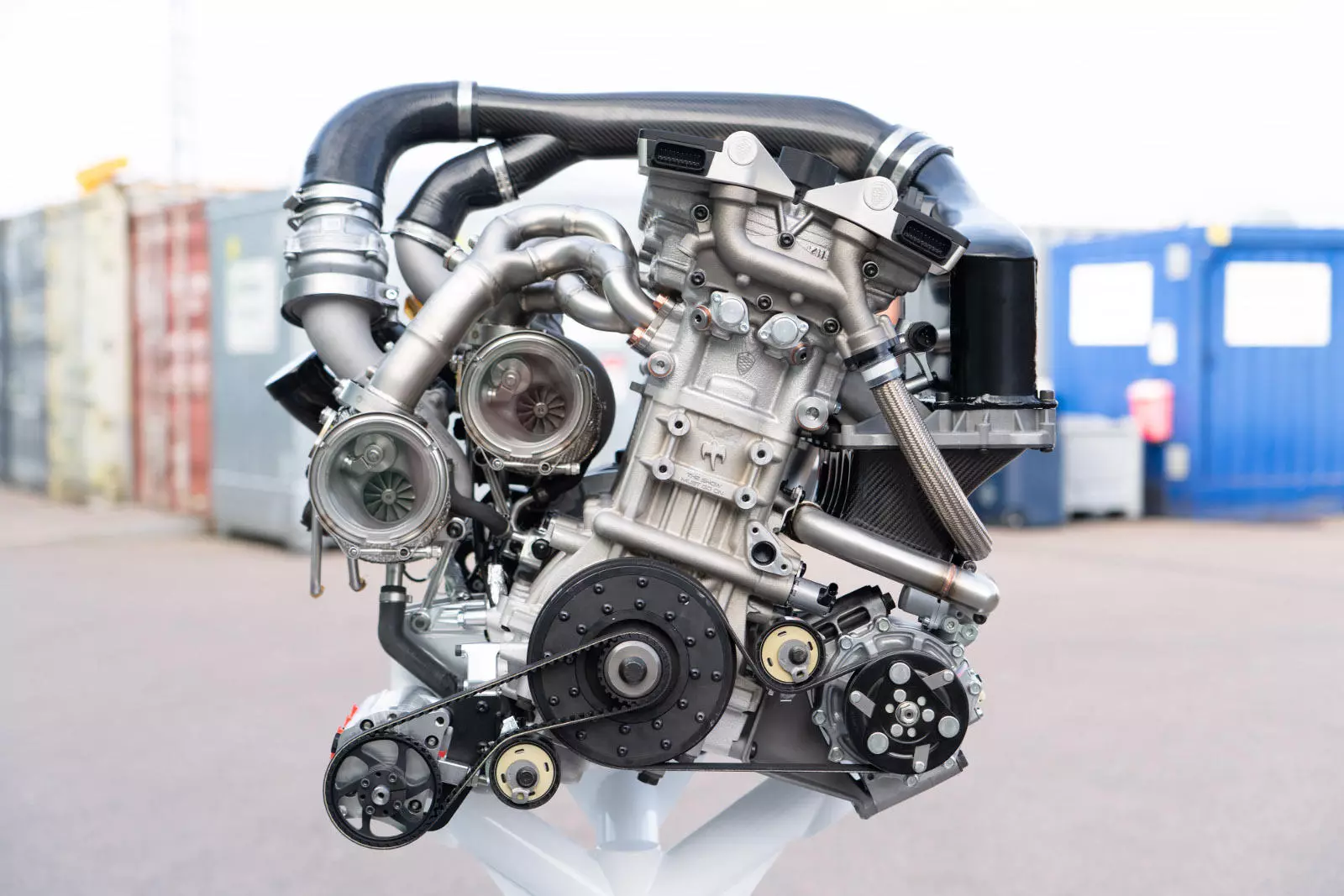
One of the main factors is that this is the first four-stroke engine no camshaft . This means that, instead of the opening and closing of the intake/exhaust valves being mechanically controlled — the reason for the existence of a timing belt or chain, which connects the crankshaft to the camshafts — they are now controlled independently. through pneumatic actuators, which opens up a huge range of possibilities.
We have already looked into this topic before, and it is not surprising that Koenigsegg was the first to debut this system, because… it was they who invented it, giving rise to the sister company Freevalve:
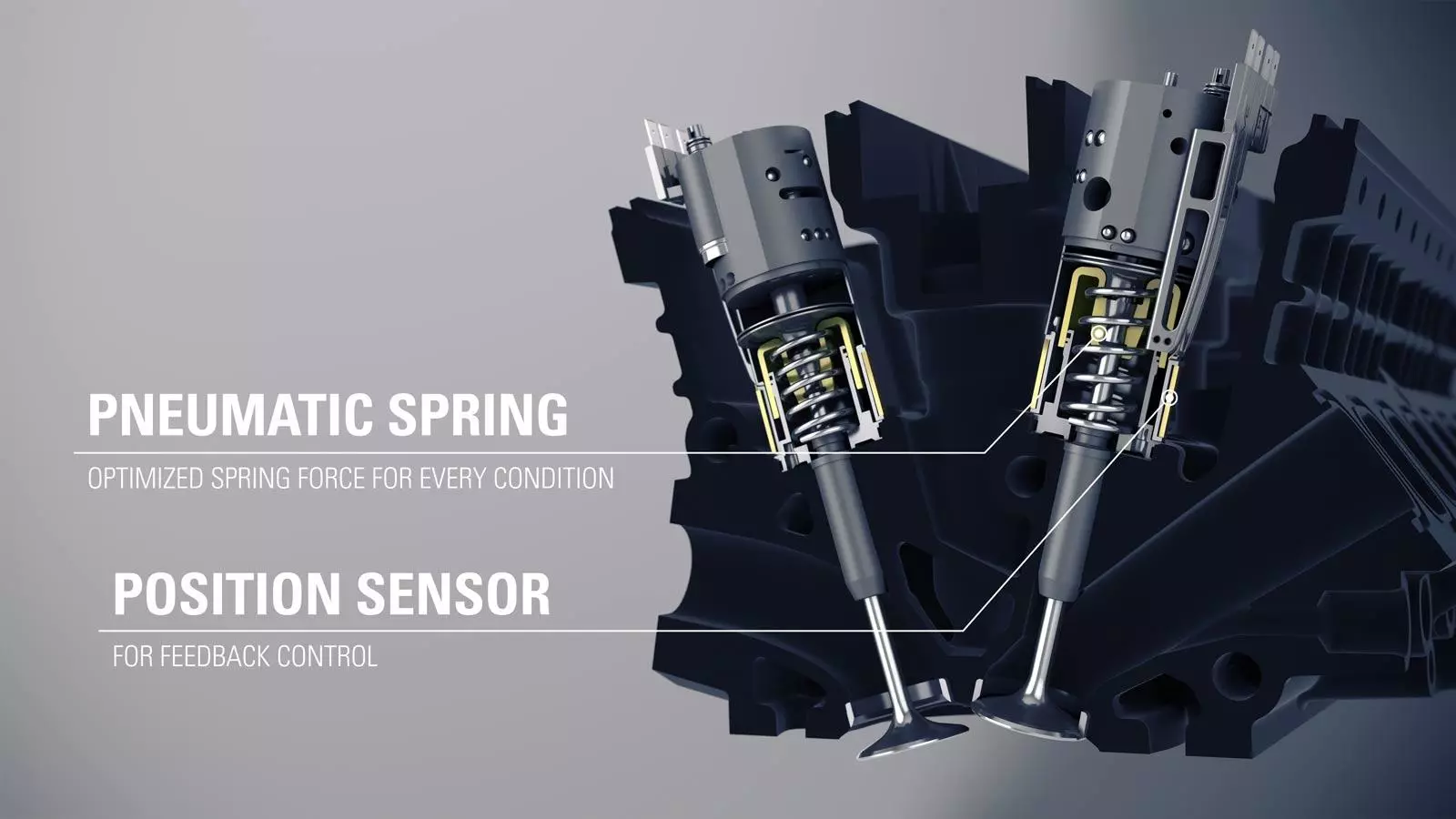
Thanks to this solution, Koenigsegg estimates that its 2.0 l three-cylinder consumes between 15-20% less fuel than a four-cylinder engine of equal capacity, with direct injection and variable timing.
The flexibility of Freevalve is such that it allows the TFG to run either on the Otto cycle or the more efficient Miller, depending on conditions. It is also effective in reducing polluting emissions, says the brand, especially in the initial and crucial 20 seconds after a cold start, a period in which combustion engines pollute the most.
Not everything is rosy, as this system is quite costly and complex — there are so many variables that became possible to control individually due to the absence of a limiting mechanism for opening/closing the valves, that Koenigsegg had to resort to SparkCognition's services, an American expert in… artificial intelligence . It is this AI that always guarantees optimal calibration according to situations and conditions.
Sequential Turbos… à la Koenigsegg
But the TFG, small in size — and mass, coming in at a very low 70 kg — but giant in yield, has more… unusual features.
First, it combines a high unit capacity (660 cm3) with a very good rotational capacity — maximum power at 7500 rpm and limiter at 8500 rpm — and, moreover, being a supercharged engine that, normally, are not given much to these regimes. .
And even in this field, that of supercharging, Koenigsegg had to do things its own way. The TFG has, says the brand, two sequential turbos, but the way they work has nothing to do with the system we already know.
By default, an engine with sequentially running turbos means having (at least) two turbos, one smaller and one larger. The smallest one, with the lowest inertia, starts operating first in the lower regimes, with the bigger turbo only starting in the medium regimes — in sequence… Result? Higher yields, as expected from an engine with a large turbo, but without suffering the associated turbo-lag ills, being much more progressive.
How does the sequential turbo system on the Koenigsegg Gemera's TFG differ? First, the two turbos are… of equal size, but as we see in other systems, the turbos come into operation at different times. The how is the most intriguing part and only possible thanks to the Freevalve system.
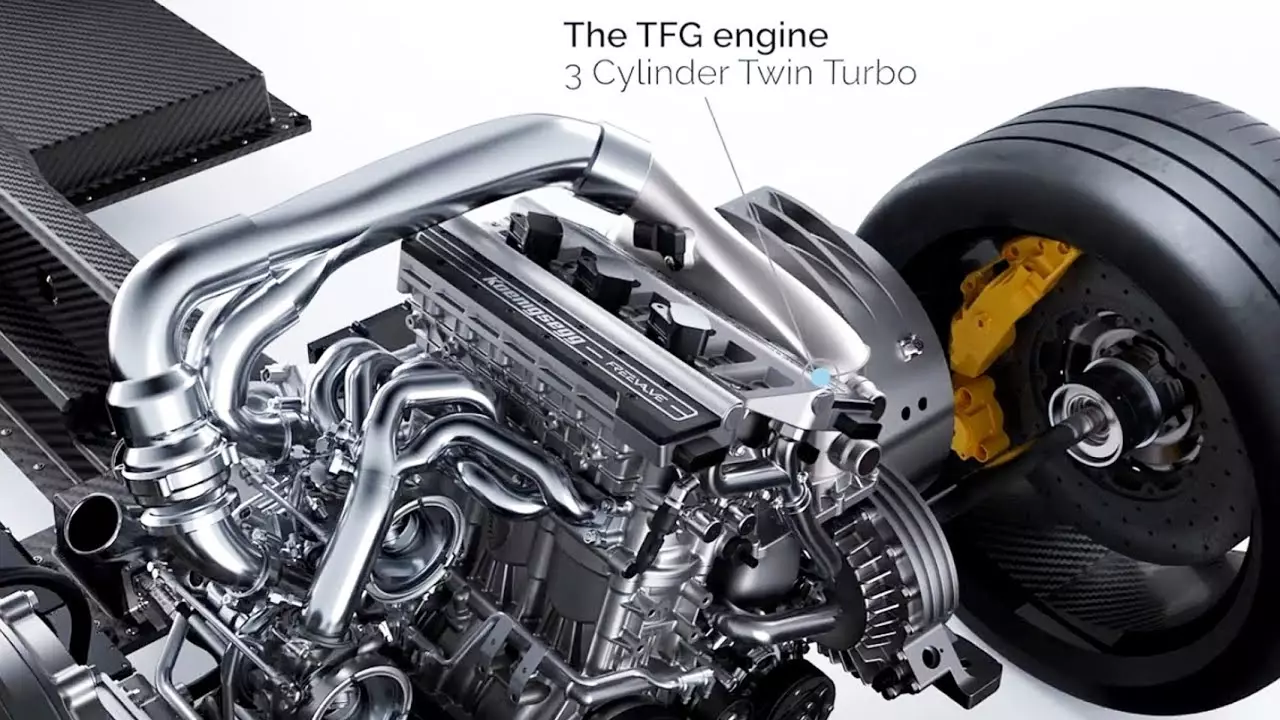
Thus, “very simply”, each turbo is connected to three exhaust valves (of the six that exist in total), one for each cylinder, that is, each turbo is fed by the exhaust gases of the respective three valves.
At low revs only one of the turbos works. The Freevalve system only opens the three exhaust valves connected to that turbo, keeping the remaining three (which are connected to the second turbo) closed. Thus, all exhaust gases can only exit through one of the exhaust valves of each cylinder, which are directed to a single turbine, that is, effectively “doubling the gases for that turbine”.
Only when there is sufficient pressure does the Freevalve system open the remaining three exhaust valves (again, one per cylinder), causing the second turbo to come into operation.
Finally, we are left with the numbers: not only the 600 hp of power but also the 600 Nm of maximum torque available between a low 2000 rpm and… 7000 rpm, with 400 Nm available from 1700 rpm.
Let's leave the floor to Jason Fenske of Engineered Explained, to explain how everything works on Koenigsegg Gemera's Tiny Friendly Giant (English only):
world upside down
No, luckily we still haven't left the strange and fascinating Koenigsegg universe where everything seems to be… different. The TFG is just one part of the entire Koenigsegg Gemera cinematic chain and to see where the little giant fits into the “grand scheme of things”, take a look at the image below:
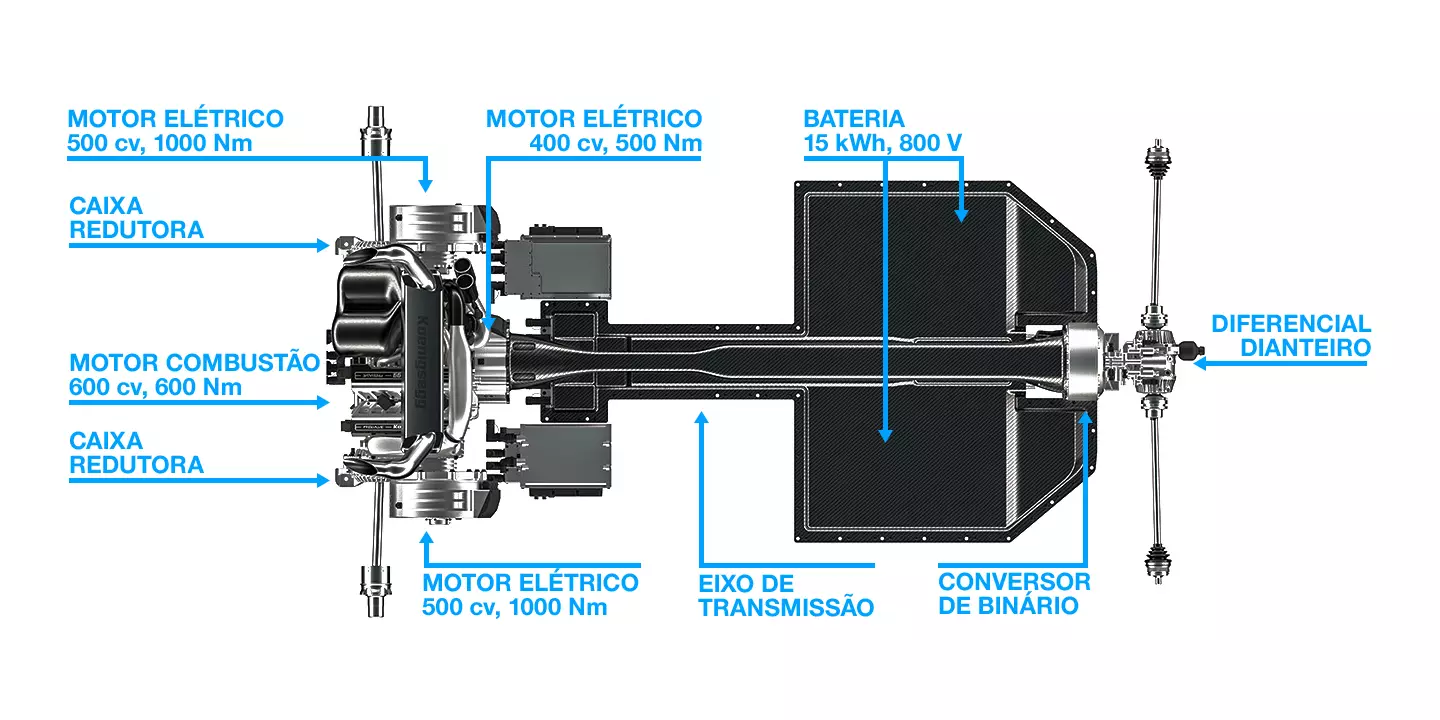
As we can see, all engines (electric and combustion) are behind, and so far, everything is normal. But if you look closely, the two rear wheels, having an electric motor each (500 hp and 1000 Nm) — and each with its own gearbox — no longer have any physical connection to the combustion engine (in position longitudinal) and to the electric motor (400 hp and 500 Nm) “attached” to its crankshaft.
In other words, the TFG and its electric “lapa” exclusively motorize the front axle — is there any record of having something like this before? We have cars with front engine with rear drive axle, and cars with engine in central position, rear or rear with two drive axles, but this configuration seems unprecedented to me: central rear engine exclusively motoring the front axle.
The Koenigsegg Gemera has four engines to drive it, three electric and the internal combustion TFG. Quick counts, if we add their powers we get 2000 hp, but Koenigsegg announces “only” 1700 hp. The reason for this? As we have explained on different occasions, this power differential is due to the maximum power peaks obtained at different heights by each of the engines:

Transmission… direct
The Koenigsegg Gemera, as we've already seen in the Regera, the brand's first hybrid, also doesn't have a gearbox. The transmission is direct (Koenigsegg Direct Drive), in other words, there is only one relation to take the Gemera from 0 km/h to 400 km/h (its maximum speed).
The system works practically identical to that of the Regera, but on the Gemera we have two drive axles. The TFG and its associated electric motor transmit torque to the front wheels through a drive shaft that is connected to a torque converter (called a HydraCoup), which in turn is connected to the front differential.
The front differential also has two clutches attached, one on each side. It is these clutches that guarantee the Gemera's front axle torque vectoring — a feature also present at the rear, as the rear wheels are independently powered.
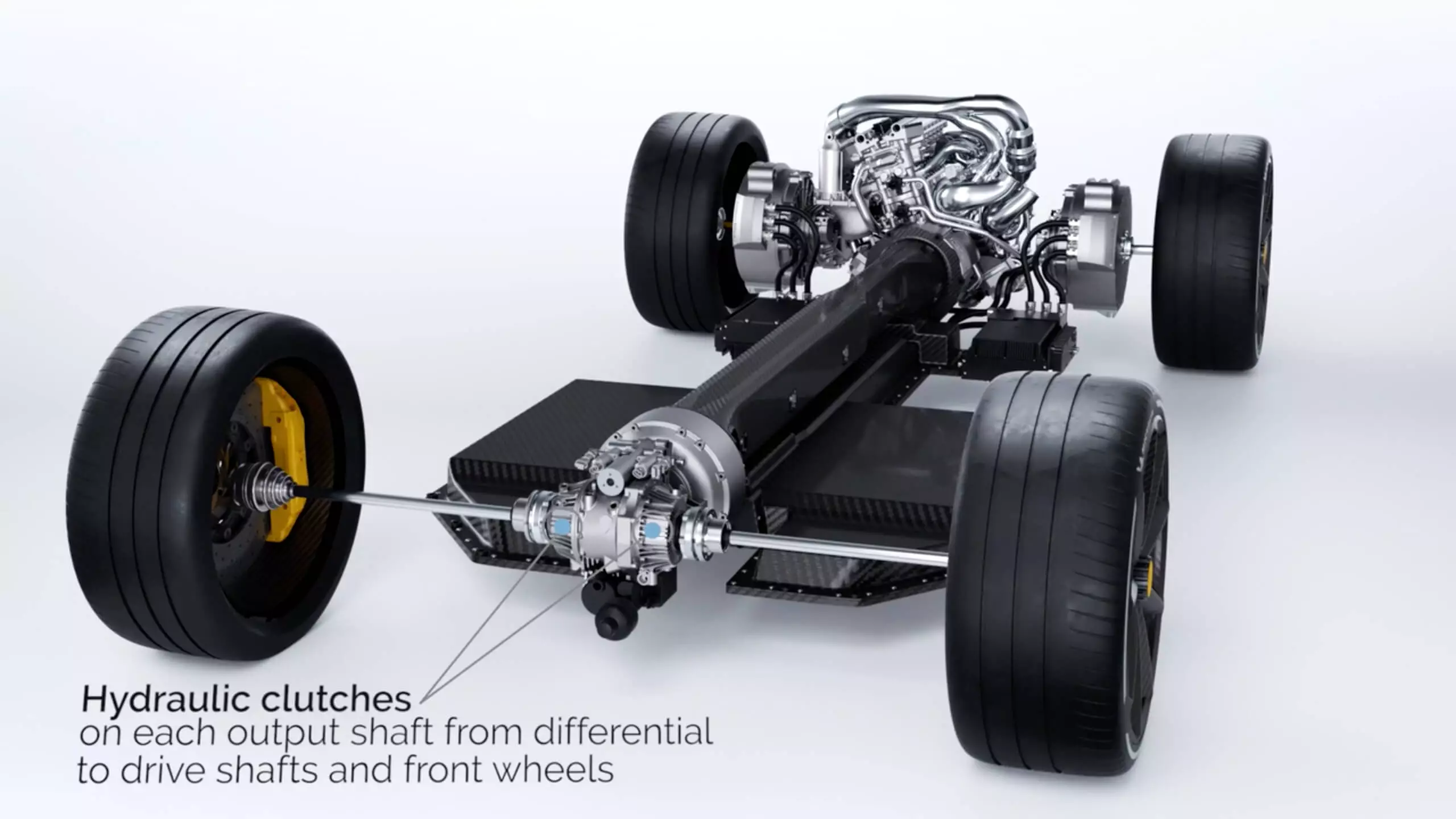
The gearboxes of the two electric motors coupled to the rear wheels, like the front differential, have a very high ratio, respectively, 3.3:1 and 2.7:1 — the equivalent of a 3rd-4th gear in a conventional vehicle. In other words, a lot is asked of the unique relationship of both sets of engines: that it guarantees ballistic accelerations (only 1.9s from 0 to 100 km/h), as well as a stratospheric maximum speed (400 km/h).
The only solution to combine the two antagonistic requirements (acceleration and speed), without a gearbox with multiple ratios, was only possible with industrial doses of torque: the Koenigsegg Gemera produces 3500 Nm before reaching 2000 rpm (!) — which translates to 11 000 Nm at wheels.
To arrive at this massive number, the aforementioned torque converter, or HydraCoup, which is connected to the front axle, comes into play. Despite the 1100 Nm produced jointly by the TFG and the electric motor attached to it, it simply wasn't enough.
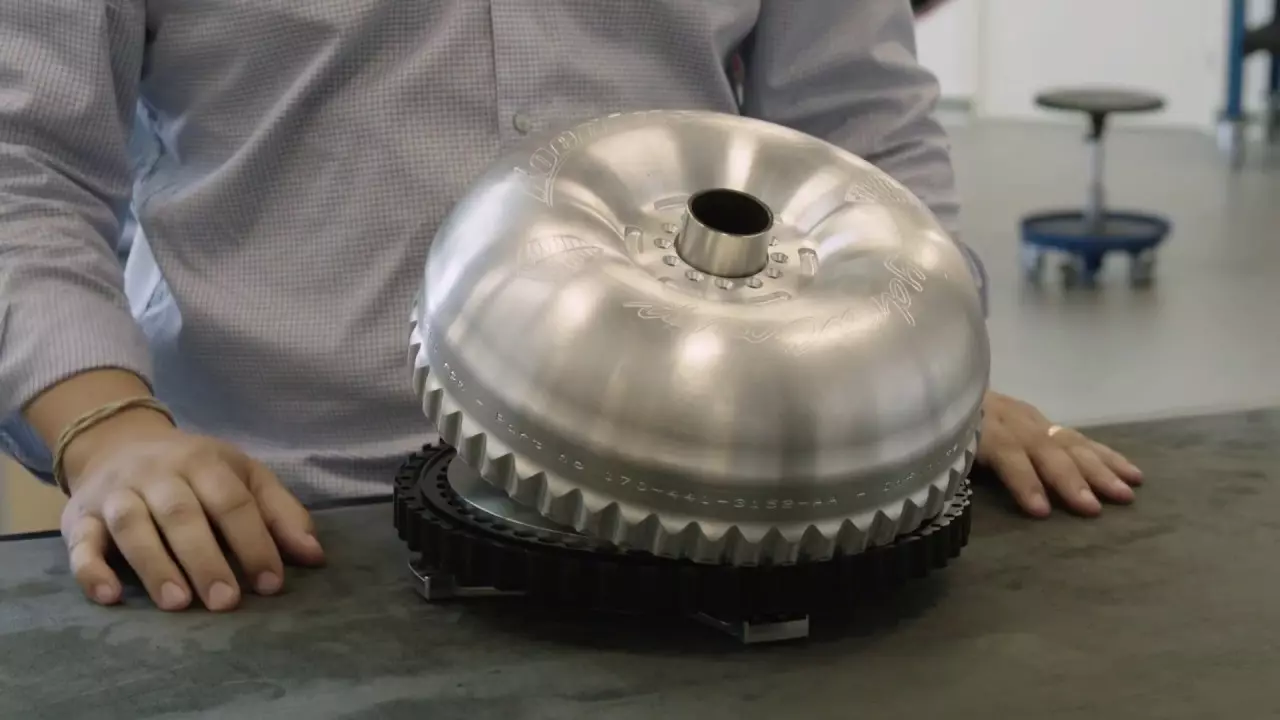
What he does? It's all in the name: binary converter (the same solution used in automatic teller machines). The HydraCoup is capable of “converting” the 1100 Nm by practically double up to 3000 rpm, due to the speed differences existing between the impeller (connected to the transmission shaft) and the turbine (connected to the front differential), which are part of the components. of HydraCoup.
To understand how HydraCoup works, check out The Drive's movie on YouTube, where Christian von Koenigsegg himself explains how it works (at the time of the presentation of Regera, which also uses this system)
The result is what is seen in the data already revealed by the Swedish manufacturer. Koenigsegg released a graph, where we can see the power and torque lines of all four engines and the HydraCoup's influence on the magnification of the TFG and associated electric motor numbers — in the graph are the dotted lines.
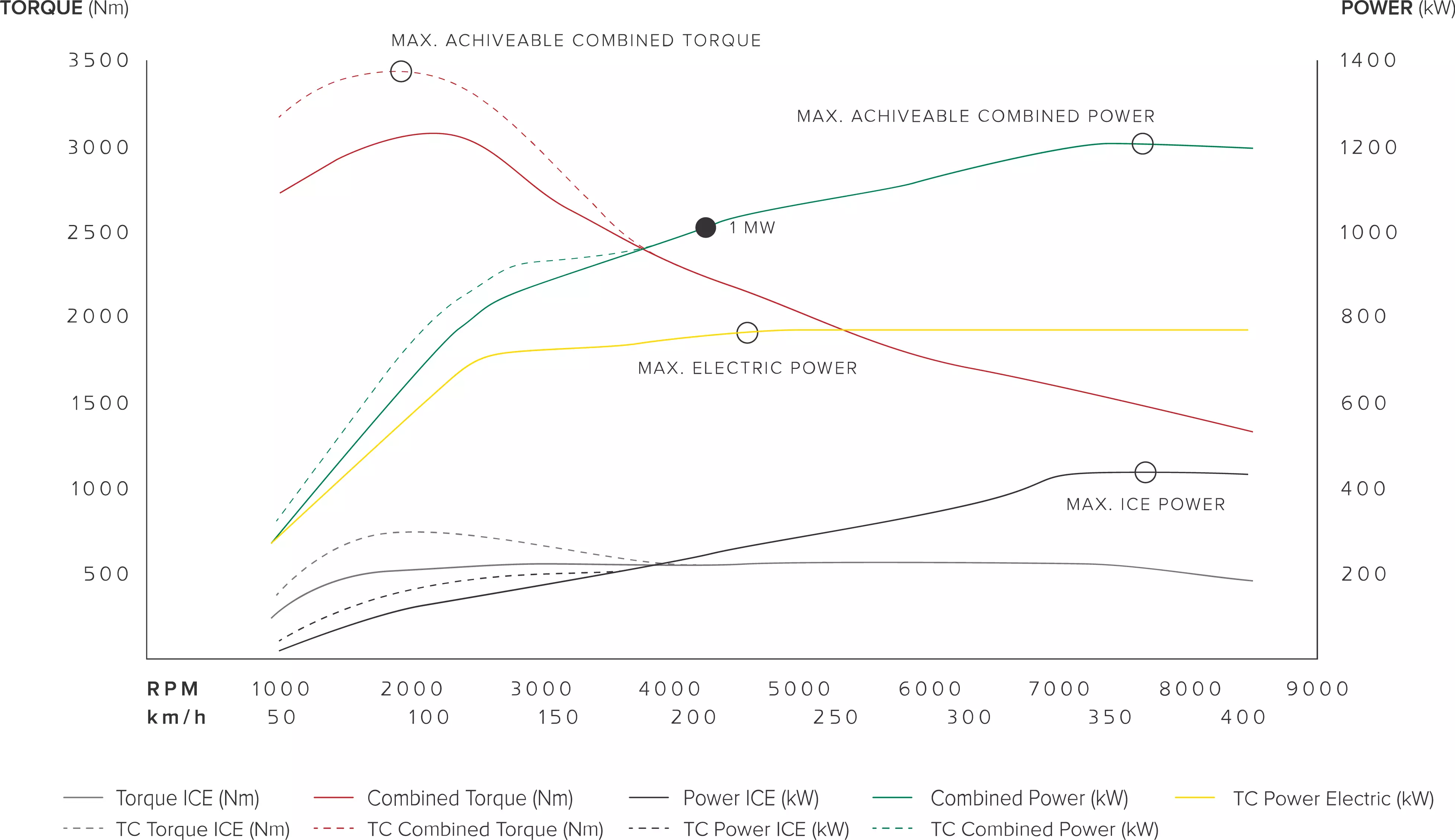
Note also how, by having only one relationship, we can see the direct association between engine speed and speed achieved. Only beyond 8000 rpm does the Gemera reach the advertised 400 km/h — it's like going from 0 to 400 in one breath…
Autonomy: 1000 km
Finally, being a plug-in hybrid, interestingly enough, it must be the most conventional part of the Koenigsegg Gemera's cinematic chain. It's not the first time we've seen supercars capable of traveling a few dozen kilometers in electric mode — the “holy trinity” did it a few years ago, and today we have the Honda NSX and Ferrari SF90 Stradale that do too, for example.
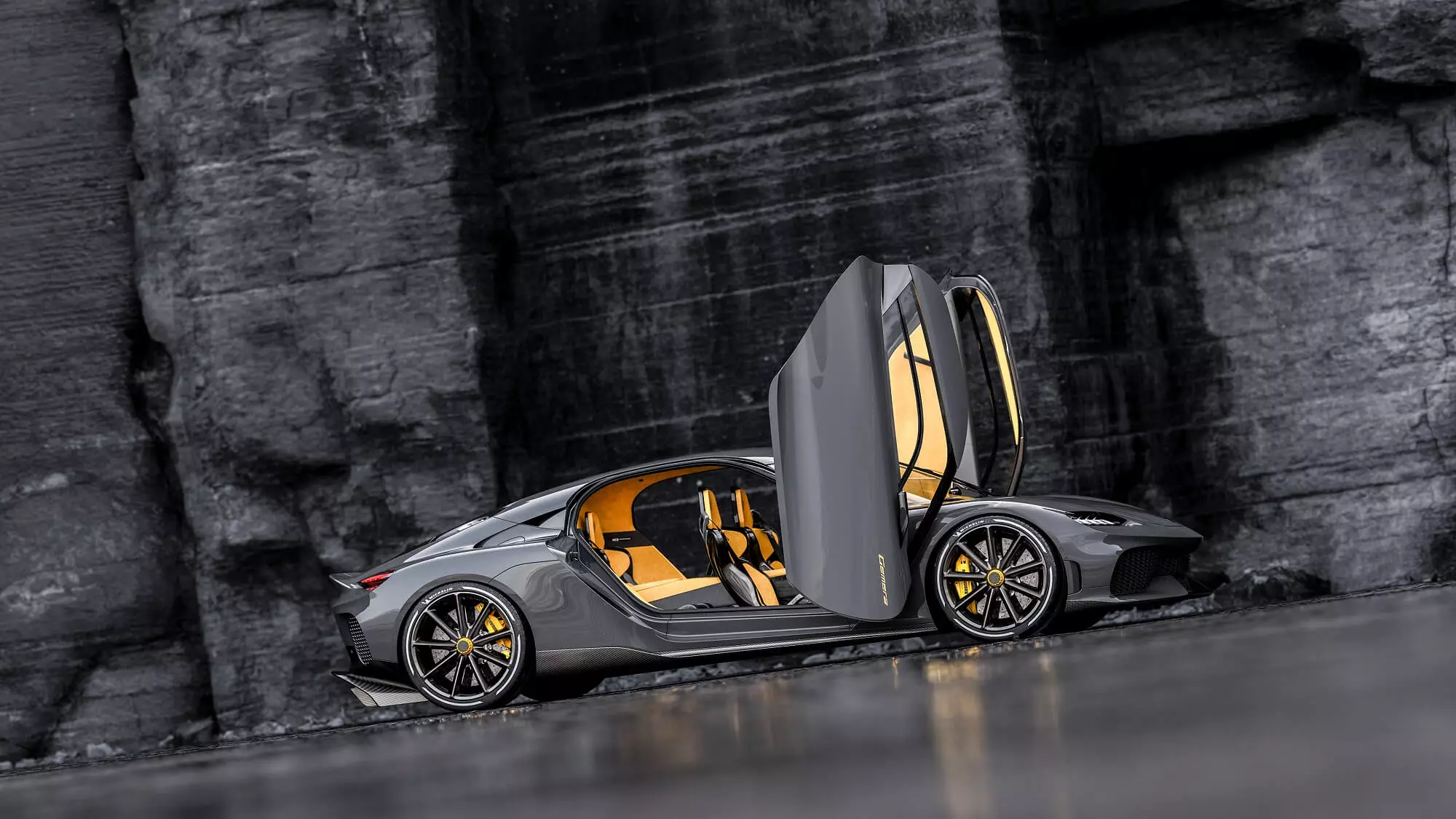
The Swedish manufacturer announces 50 km of electric range for the Gemera, courtesy of its 15 kWh battery, equaling the 800 V of the Porsche Taycan. Surprising it turns out to be the value of total autonomy: 1000 km of maximum autonomy for this Mega-GT (as the brand calls it) of four seats. In other words, a value that highlights the choice for the small large combustion engine and all the technology it contains.
The Koenigsegg Gemera is not only the brand's first model with four seats and four drive wheels — and eight cup holders, a story for another day… — but it is much more than that because of the solutions it contains. Even with an expected price of more than 1.5 million euros for each of the 300 units, it would not be surprising that all of them quickly find an owner.
Not only for the mix of performance with increased usability, compared to other supercars, but also for the technological prowess that it is.
Source: Jalopnik, Engineering Explained.
Razão Automóvel's team will continue online, 24 hours a day, during the COVID-19 outbreak. Follow the recommendations of the General Directorate of Health, avoid unnecessary travel. Together we will be able to overcome this difficult phase.
